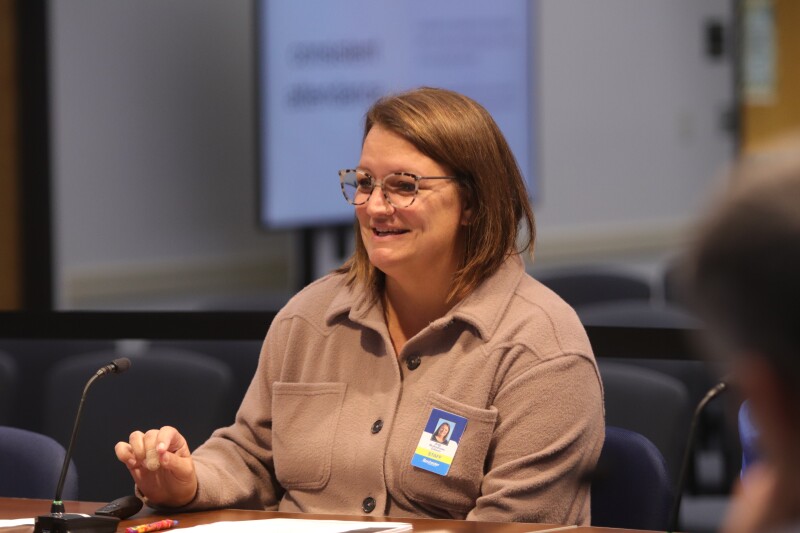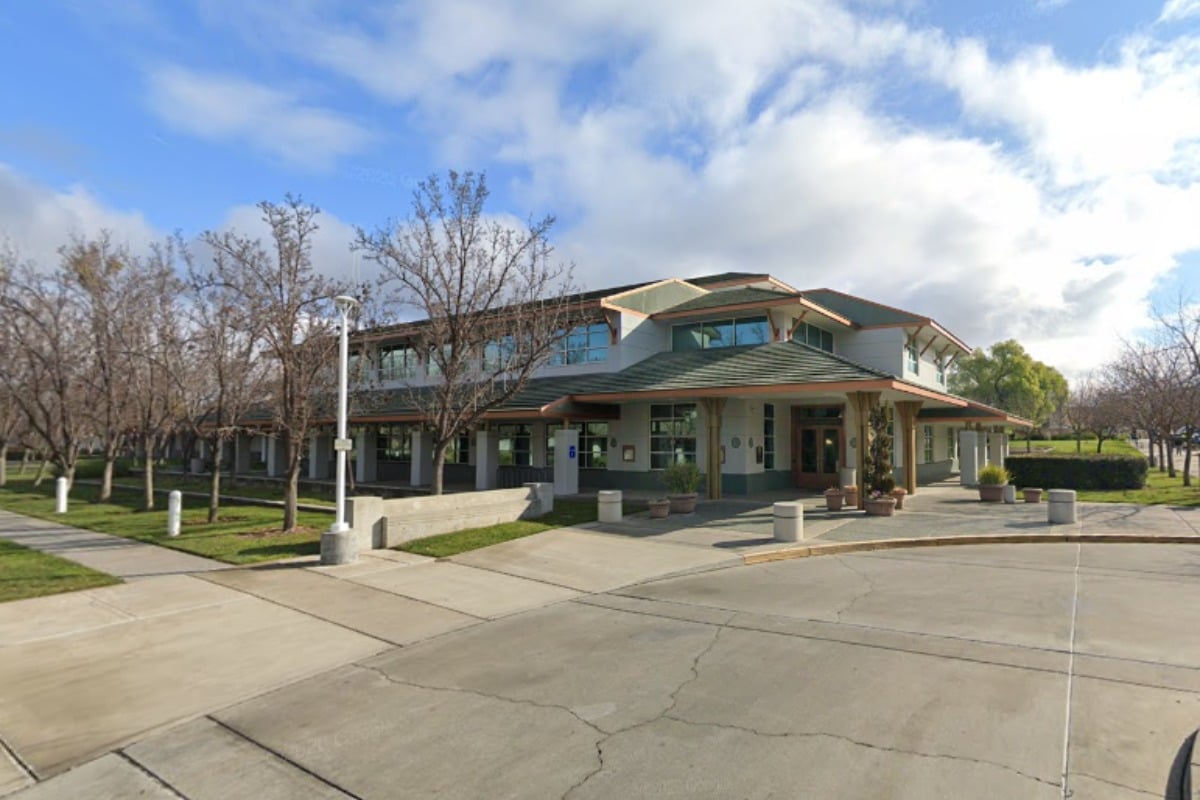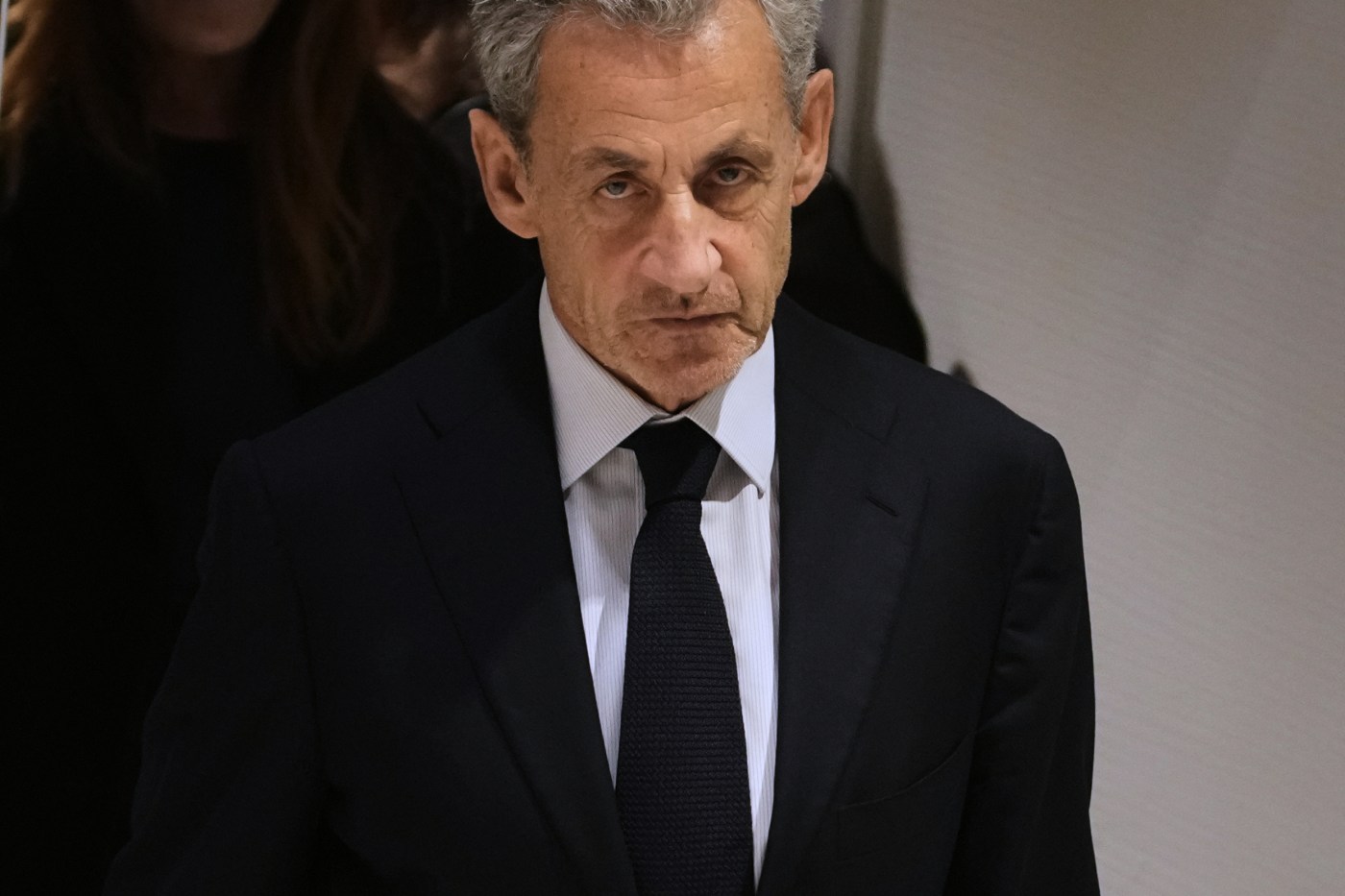UPDATE: Just reported, Rochester Public Schools is facing a serious challenge with only 64.9% of students maintaining consistent class attendance during the 2024-25 school year. This alarming statistic was highlighted in a presentation to the school board on October 21, 2024, as officials scramble to address chronic absenteeism.
The situation has escalated to the forefront of educational discussions, with Rochester now participating in a state pilot program alongside 11 other districts aimed at combating this crisis. The state average for consistent attendance stands at 75.5%, indicating Rochester is lagging behind by more than 10 percentage points.
According to Angi McAndrews, RPS director of positive behavioral supports, the district has implemented several interventions. However, with a significant number of students missing class, effective support remains challenging. “I think sometimes we have so many kids that are chronically absent that it’s hard to intervene for all of them,” McAndrews stated.
The measure for “consistent attendance” requires students to attend classes at least 90% of the time, accounting for both excused and unexcused absences. The troubling trend shows a marginal increase from the previous year’s rate of 64.8%, but this still falls short of the state average and highlights ongoing struggles since the pandemic, when attendance plummeted as low as 53.5% in the 2021-22 school year.
As part of the pilot program, Rochester has appointed a truancy coordinator tasked with standardizing attendance data across the district. McAndrews emphasized, “We felt that it was important for us to go back and correct our data before we had our year-end report so that the baseline from this last year would be comparable as we move forward.”
A significant point of contention is the classification of student attendance. The district’s attendance coding system includes an “M” designation, marking students who miss part of a class. This designation counts as an absence in official reports, which has raised questions among educators and students alike. Superintendent Kent Pekel acknowledged the complexity of the issue, stating, “This is actually the kind of issue we need to figure out in order to really get a solid attendance policy.”
The emotional toll of chronic absenteeism impacts not only academic performance but also the social fabric of the community. Parents and educators alike are concerned about the long-term consequences for students who are missing out on essential learning opportunities. As the district grapples with these attendance challenges, the community is left wondering how the situation will evolve and what further measures will be implemented.
Next steps include continued collaboration with the state pilot program and ongoing discussions within the school board aimed at enhancing attendance strategies. The upcoming school year will be critical for assessing the effectiveness of these initiatives, with a keen eye on improving student engagement and performance.
As the situation develops, Rochester residents are urged to stay informed and engaged in supporting local schools. The future of student attendance in the district hinges on collective action and innovative solutions.







